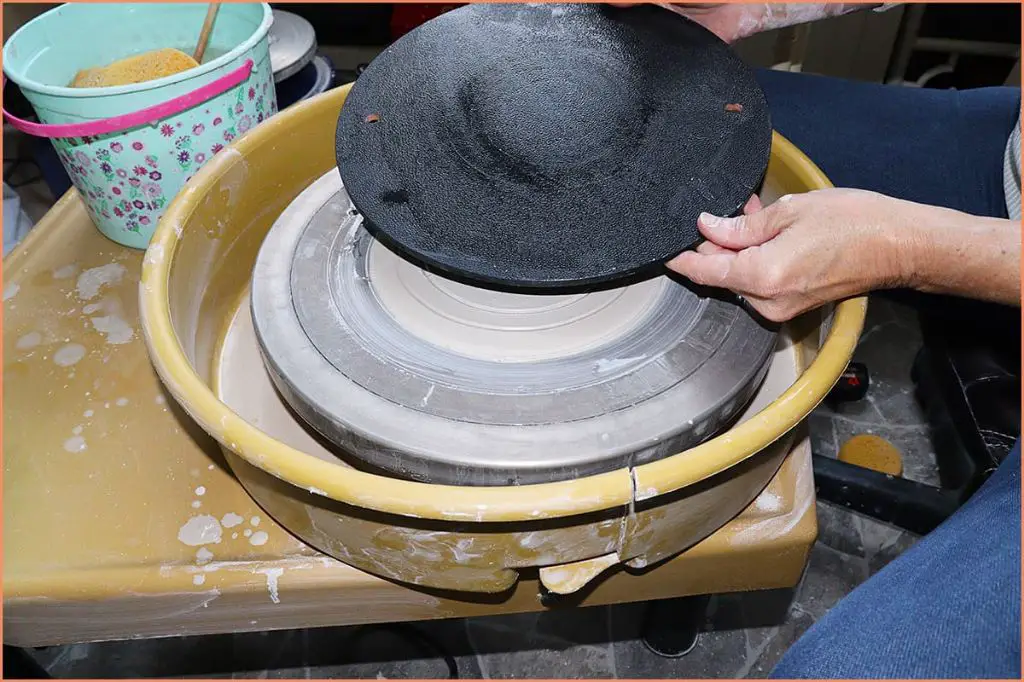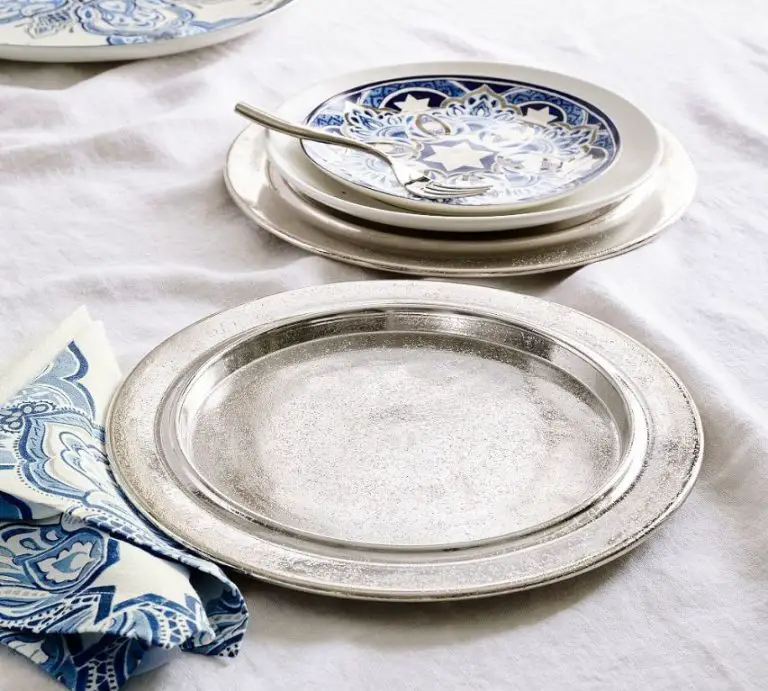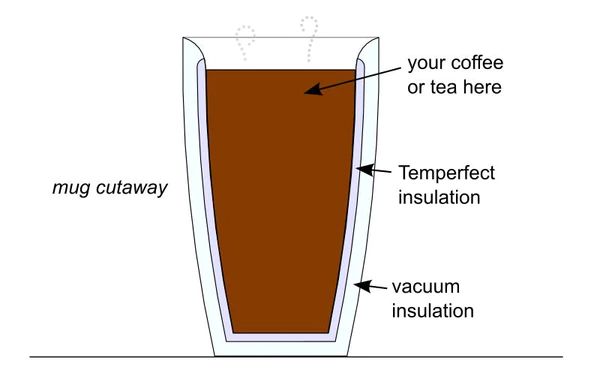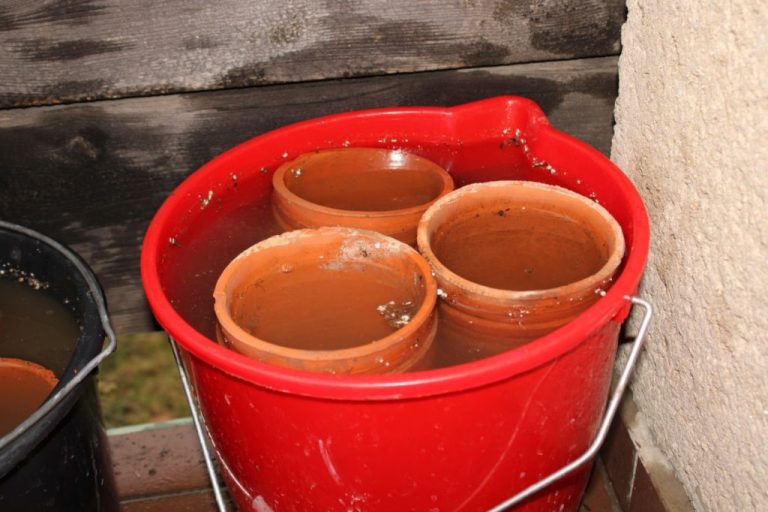What Is A Bat On A Potters Wheel?
What is a Potter’s Wheel?
A potter’s wheel is a device used to shape pottery and ceramic ware. It consists of a round platform that spins, allowing the potter to shape clay with both hands as it rotates.
The wheel head, or bat, sits on top of the potter’s wheel and is the surface on which the clay is worked. As the wheel spins at a constant speed, the potter can use their hands, along with various tools, to center, raise, and shape the clay into symmetrical forms. The spinning motion allows uniform pressure to be applied as the potter molds the clay.
Potter’s wheels have been used for thousands of years to create functional and artistic ceramic pieces, from plates and vases to sculptural works. Before electrically-powered wheels, potters would shape clay on wheels powered by kinetic energy generated from hands, feet, or assistants to turn a wheel head.
Today, potters rely on electric, kick, or treadle wheels with rotating bats to efficiently form clay into precisely shaped wares. The potter’s wheel continues to be an indispensable tool for pottery creation.
Purpose of a Potter’s Wheel Bat
A potter’s wheel bat is a flat disc that is placed on top of the wheel head to provide a working surface for centering clay. The key purposes of using a bat are:
- To provide a flat, smooth surface to center clay on. The bat creates an ideal surface for compressing and shaping clay, allowing for precise centering without distortion from an uneven wheel head.
- To enable easy removal of finished pottery pieces. Once a piece is thrown and finished on the bat, the entire bat can be lifted off the wheel with the ware still attached. This allows fragile wares to be moved without handling the piece directly.
- To aid in even drying of pottery. Bats provide an flat underside for pieces to dry on, preventing warping or sagging.
In summary, bats act as portable working surfaces that allow potters to center, throw, and transfer pieces with ease. The flat plane of the bat gives potters more control over the centering process and enables smoother manipulation of clay. Bats also facilitate a seamless transition from throwing on the wheel to drying and firing finished pieces.
Types of Bats
There are several common types of bats used on potter’s wheels:
Plaster Bats
Plaster bats are an inexpensive option made of a plaster and fiber mixture. They provide good support and a non-stick surface. Plaster bats need to be soaked in water before use to prevent cracking when clay is centered. The downside is they are heavy, prone to chipping over time, and less durable than other options. They work well for hobbyists and beginners. [1]
Wooden Bats
Wooden bats are often made of plywood or MDF. They provide a smooth surface and can last many years with proper care. Wooden bats should be sealed to prevent warping and water damage. They are lightweight yet sturdy. The main downsides are the potential for scratching and requiring maintenance. [2]
Metal/Aluminum Bats
Metal and aluminum bats offer a slick, non-absorbent surface. They don’t require much maintenance, are lightweight, and hold up well through heavy use. The smooth surface provides clean release of clay pieces. Metal can dent if dropped or banged on the wheel head. Aluminum is more rigid but also conducts more cold.
Silicone Bats
Silicone bats provide excellent non-stick release. They are flexible to absorb shock and conform to warped wheel heads. Silicone does require cleaning to prevent buildup. It can be prone to cuts and tears over time. Silicone bats work well for delicate clay pieces with intricate details.
Custom/Specialty Bats
Some potters create custom or specialty bats for their specific needs. These can include unique materials like fiberglass, innovative textures or relief patterns, non-standard shapes, integrated customizeable pin positioning, and more. While pricier, custom bats allow maximum flexibility and personalization.
Advantages of Using a Bat
Using a bat provides several benefits when throwing pottery on a wheel. One key advantage is that a bat supports wet clay while throwing, preventing sagging and deformation that can happen when clay is placed directly on the wheel head (https://potterycrafters.com/how-to-use-bats-on-a-pottery-wheel/). The smooth bat surface also enables easier centering of the clay and allows for more consistent throwing thickness compared to the wheel head alone.

In addition, throwing on a bat creates a smoother throwing surface. This results in finished pieces with a more uniform shape and thickness (https://potterycrafters.com/how-to-use-bats-on-a-pottery-wheel/). The smooth bat surface makes it easier to maintain an ideal throwing speed as well. Bats also simplify removing completed pottery from the wheel. Clay can be easily slid off the bat once finished.
Finally, bats protect the pottery wheel head from wear and tear. Using a bat reduces scraping and marking on the wheel head surface. This extends the usable lifetime of the wheel head itself.
Considerations When Choosing a Bat
There are several factors to consider when selecting a bat for your potter’s wheel:
Material – Bats come in a variety of materials like plaster, wood, and metal. Plaster bats are porous and provide good traction, but are more fragile. Wood composite bats are durable and lightweight. Metal bats are extremely smooth.
Size/Shape – Standard bats are 12-14 inches round but you can find square, rectangular, and custom shaped bats too. Size depends on the wheel and your preferences. Larger bats give you more work surface.
Weight/Thickness – Heavier, thicker bats provide stability while thinner lighter bats are easier to remove work from. Thickness is typically 1/4 to 1/2 inches.
Surface Texture – The bat surface can be smooth, porous, grooved, or dotted. Smooth surfaces help with lifting clay off the bat while textured surfaces provide traction.
Price – Basic wood composite bats start around $20 while higher end plaster bats can cost over $100. Consider how often you’ll use the bat when factoring price.
Test out different bat materials and textures to find what works best for your projects and budget. The ideal bat provides just the right amount of grip without sticking too much when removing work. With the right bat, you’ll work confidently and efficiently.
How to Attach a Bat
There are a few main methods for attaching a bat to the pottery wheel head:
One common method is to dampen the surface of the bat and center it on the wheel head. The moisture will create some suction to hold the bat in place temporarily (source). However, this may not hold well for extensive throwing.
Using clay slip is another popular technique. Apply slip generously to the interface between the wheel head and bat. The slip will dry and adhere the two surfaces together more permanently (source).
For wheels with holes, bat pins can lock the bat securely in place. Insert pins through the holes on the wheel head and bat to hold it firmly centered (source).
Some potters also devise DIY solutions like creating clay coils or buttons to act as temporary “pins” between the bat and wheel surface.
How to Use a Bat
To use a bat on a pottery wheel, first make sure to prepare both the clay and the bat’s surface. Wipe any dust or residue off the bat and apply some water to create a smooth throwing surface. Prepare the clay by wedging it thoroughly to remove any air bubbles. Then firmly press a lump of clay onto the center of the bat, using your hands to adhere it securely.
Once the clay is centered, you can begin throwing as usual. Apply pressure with your hands and fingers to shape the spinning clay into the desired form. The bat provides a stable base so you can create steady, even pieces. As you work, you may need to stop periodically, compress the clay again and re-center it on the bat if it becomes off-balance.
When your final piece is complete, you’ll need to carefully remove it from the bat. Slow the wheel and hold the bat steady with one hand while gently lifting the bottom edge of the piece with a wooden ribs. Try to keep the clay supported so it doesn’t slump or deform. Once freed, set it aside to dry and harden before firing.
Caring for Bats
Proper care and maintenance is important for extending the life and performance of your bat. Here are some tips for caring for pottery wheel bats:
Keep the bat surface clean and free of debris. Wipe off any clay, slip or glaze residue after each use. Built up debris can warp the bat over time or cause pots to stick. A spray bottle with water works well for a quick rinse.
For plaster bats, remember to re-wet the surface before storing. Letting plaster dry out can cause cracking or warping. Lightly mist the bat and cover with plastic wrap or a damp cloth if storing longer than a few days.
Avoid cracks and damage by handling bats carefully. Don’t drop them or knock them against surfaces. Check for hairline cracks often, especially around pin holes, and retire cracked bats so they don’t break during use.
Resurface bats periodically to restore a smooth throwing surface. Light sanding followed by a thin even layer of new plaster will recondition the surface. Deeper gouges may need filler before resurfacing.
With proper care, quality bats can last for years of regular pottery making. Keep them clean and damp, handle with care, and resurface when needed for best results.
Troubleshooting Bat Problems
A few common issues that may arise when using bats on the pottery wheel include:
Clay Sticking to Bat Surface
If clay is sticking to the bat surface and not easily releasing, the bat may not be properly seasoned. Bats need to be seasoned before first use by applying a thin layer of clay slip and allowing it to dry completely. This creates a barrier so clay won’t stick. Over time, reapply slip as needed if clay begins sticking again (Source).
Bat Not Properly Centered on Wheel
The bat must be securely centered on the wheel head or it may wobble while throwing. First ensure no debris is stuck under the bat. Then firmly secure the bat to the wheel using clay. Check that it’s centered by spinning the wheel and observing if the bat stays steady (Source).
Bat Slipping During Throwing
If the bat is slipping or moving during throwing, the bat surface may be too smooth. Try adding texture by lightly scoring the surface with a serrated rib or toothbrush. This will provide more traction. Also ensure no water, clay or debris causes the bat to become slippery (Source).
Bat Not Suitable for Piece
Choose a bat size appropriate for the bottom of the piece being thrown. Using too small of a bat may cause instability. For larger pieces, use a larger bat or ribbed bat to provide more support (Source).
Innovations in Bat Design
Pottery wheel bat design has come a long way in recent years with several key innovations:
New materials like polycarbonate are now being used to create lightweight yet durable bats. Polycarbonate bats from companies like Penguin Pottery offer strength while reducing wrist fatigue.
Heated bats help keep clay from drying out while throwing. Bats like those from Xiem Studio Tools allow you to control the temperature precisely for optimal clay consistency.
Flexible silicone bats provide a non-stick surface and can flex to pry off leather-hard pots. These innovative bats from companies like Mudtools prevent damage to pottery bottoms.
Digital bat systems like the Custom Battery-Powered Bat from Brent allow potters to turn bat speed and direction on/off via foot pedals. This precision promotes uniformity in throwing.
Electronic bats like Shimpo’s RK-10 Remote Kick Wheel feature built-in rotation, speed control, and reverse direction at the push of a button for perfectly centered pots.
These high-tech innovations allow for greater throwing control and efficiency as well as new creative possibilities for potters.




